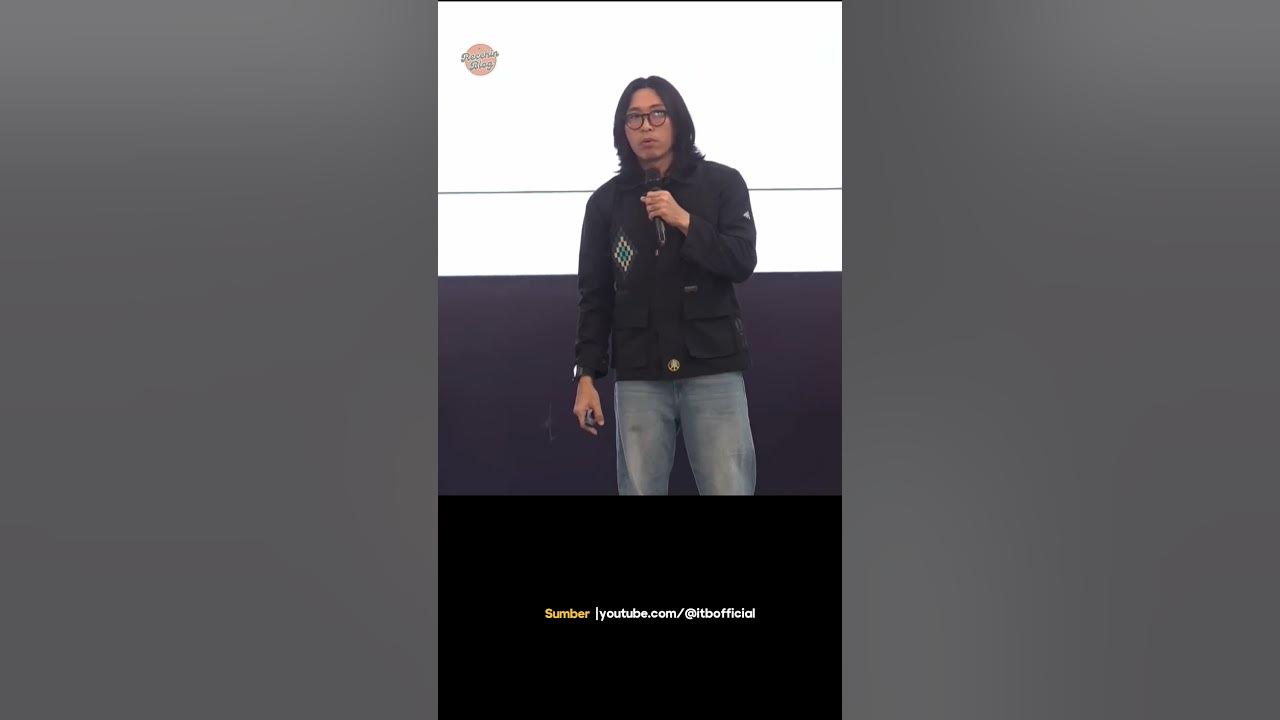Ishikawa Vs 5 Why I Root Cause Analysis: Understanding the Difference and Relationship
Summary
TLDRIn this video, the speaker clarifies the differences and relationship between the Ishikawa and 5Y tools in problem-solving, particularly within the automotive industry. Ishikawa is used to identify potential causes of an issue, categorized under the 5M: Manpower, Machine, Material, Method, and Measurement. The 5Y tool is then applied to uncover the root cause by repeatedly asking 'Why?' until the fundamental issue is identified. Both tools are integral to the ADA problem-solving process and must be used together to effectively analyze and resolve problems. The video also emphasizes the importance of data-driven validation in the Ishikawa step.
Takeaways
- 😀 Ishikawa and the 5Y are tools used for problem-solving, each serving a different purpose.
- 🤔 Ishikawa helps identify potential causes of problems, while the 5Y method is used to determine the root cause.
- 🔍 The potential causes identified by Ishikawa are not guaranteed to be the actual root causes.
- 📈 Both tools are applied in the fourth step of the AD problem-solving methodology.
- 🧠 Brainstorming sessions are crucial during the Ishikawa process to gather all possible causes using the 5M framework: Manpower, Machine, Material, Measurements, and Method.
- ✅ Relevant potential causes should be selected based on facts and data, rather than personal experience.
- 🌡️ It's essential to provide logical explanations and evidence when eliminating potential causes.
- ❓ The 5Y method involves asking 'why' repeatedly for each relevant cause until the true root cause is discovered.
- 🔄 There is no strict limit on the number of 'why' questions; the goal is to uncover the root cause thoroughly.
- 🔗 The Ishikawa diagram and the 5Y method complement each other and should be used together for effective root cause analysis.
Q & A
What is the primary purpose of the Ishikawa tool?
-The primary purpose of the Ishikawa tool is to identify potential causes of a problem, not the root cause itself.
How does the 5 Whys technique differ from Ishikawa?
-The 5 Whys technique is used to identify the exact root cause of a problem by repeatedly asking 'why' until the underlying issue is found.
When should Ishikawa and 5 Whys be used in problem-solving?
-Both tools should be used in the fourth step of the AD (Analyze and Define) problem-solving process, specifically during root cause analysis.
What are the 5 Ms in the Ishikawa diagram?
-The 5 Ms are Manpower, Machine, Material, Measurement, and Method.
What is meant by 'potential causes' in the context of Ishikawa?
-Potential causes refer to the various factors that could contribute to a problem, which may or may not actually be the root cause.
What is the significance of brainstorming during the Ishikawa process?
-Brainstorming allows team members to propose all possible potential causes without criticism, encouraging creative thinking and broad participation.
How should the relevance of potential causes be assessed after brainstorming?
-Relevance should be assessed using factual data and evidence rather than personal experience, to determine whether a cause can be ruled out.
What is the goal of the 5 Whys technique?
-The goal of the 5 Whys technique is to ask a series of 'why' questions to drill down to the root cause of an issue.
Is the 5 Whys technique strictly limited to five questions?
-No, while it's called the 5 Whys, the actual number of questions can be less or more, depending on how many iterations it takes to identify the root cause.
What should be done once the root cause is identified using the 5 Whys?
-Once the root cause is identified, addressing it will lead to the resolution of the problem; turning it 'off' will prevent the problem from recurring.
Outlines

Cette section est réservée aux utilisateurs payants. Améliorez votre compte pour accéder à cette section.
Améliorer maintenantMindmap

Cette section est réservée aux utilisateurs payants. Améliorez votre compte pour accéder à cette section.
Améliorer maintenantKeywords

Cette section est réservée aux utilisateurs payants. Améliorez votre compte pour accéder à cette section.
Améliorer maintenantHighlights

Cette section est réservée aux utilisateurs payants. Améliorez votre compte pour accéder à cette section.
Améliorer maintenantTranscripts

Cette section est réservée aux utilisateurs payants. Améliorez votre compte pour accéder à cette section.
Améliorer maintenantVoir Plus de Vidéos Connexes
5.0 / 5 (0 votes)






